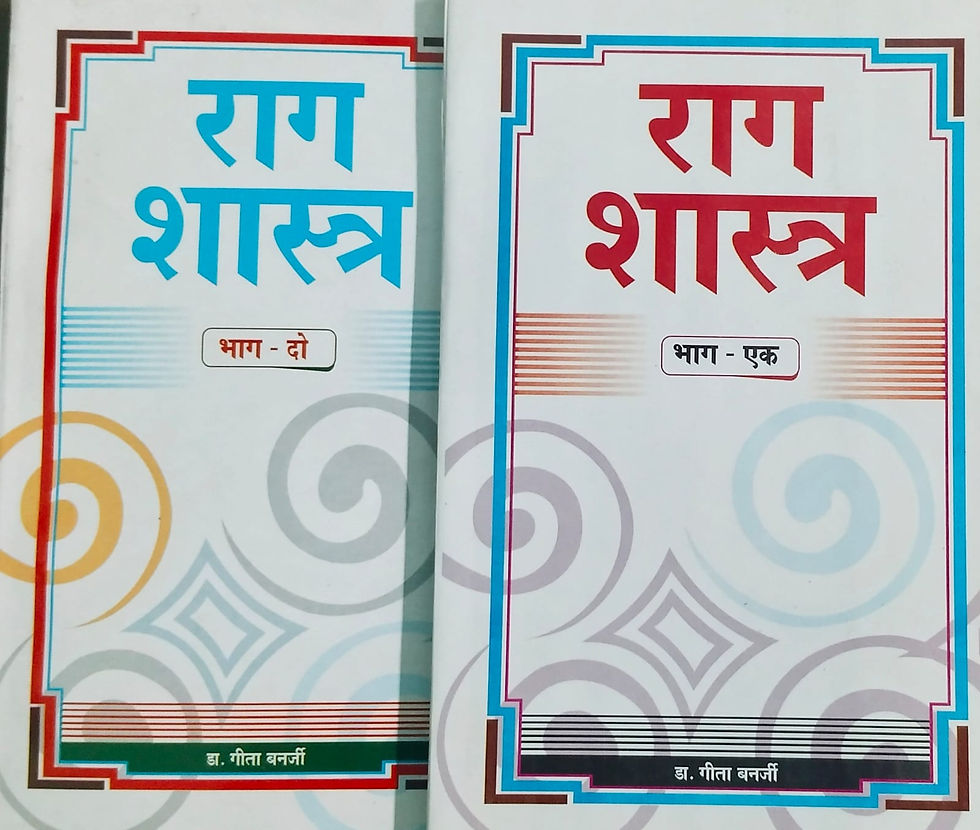Author: Murli Desai, Sheetal Goel
Publisher: Springer
Language: English
Edition: 2023
ISBN: 9789819901722
Pages: 380
Cover: Hardcover
CHILD RIGHTS EDUCATION FOR PARTICIPATION AND DEVELOPMENT
This insightful sourcebook on child rights education is designed to equip children and their primary duty-bearers—such as parents, educators, and community members—with the knowledge and tools needed to actively advocate for and implement child rights at every level. With a strong focus on primary prevention in the context of participation and development, the book explores how to empower children to take an active, participatory role in their lives, families, schools, communities, and in their capacity as future citizens.
The opening chapters emphasize the foundational child rights values of peace, dignity, tolerance, freedom, equality, and justice, as well as the key principles of dignity, the best interests of the child, universality and non-discrimination, and the accountability of both the state and society. Child rights to participation are discussed in depth, highlighting the significance of children being able to play a decisive role in their own lives and having the opportunity to contribute meaningfully within their families, schools, and communities.
The book also covers essential child rights related to development, such as the right to free, compulsory, and quality education, the right to recreation, cultural activities, and media literacy, as well as the right to health, including physical health, hygiene, nutrition, sexual health, and substance abuse prevention. Furthermore, it emphasizes the importance of environmental education, focusing on children's rights to environmental harmony, hygiene, and a sustainable environment.
This resource is invaluable for researchers, trainers, and professionals working on child rights issues, particularly in developing countries. The book offers practical guidance on how to address the challenges of child participation, education, health, and environmental sustainability, making it an essential read for anyone involved in the field of child welfare and rights-based education





















